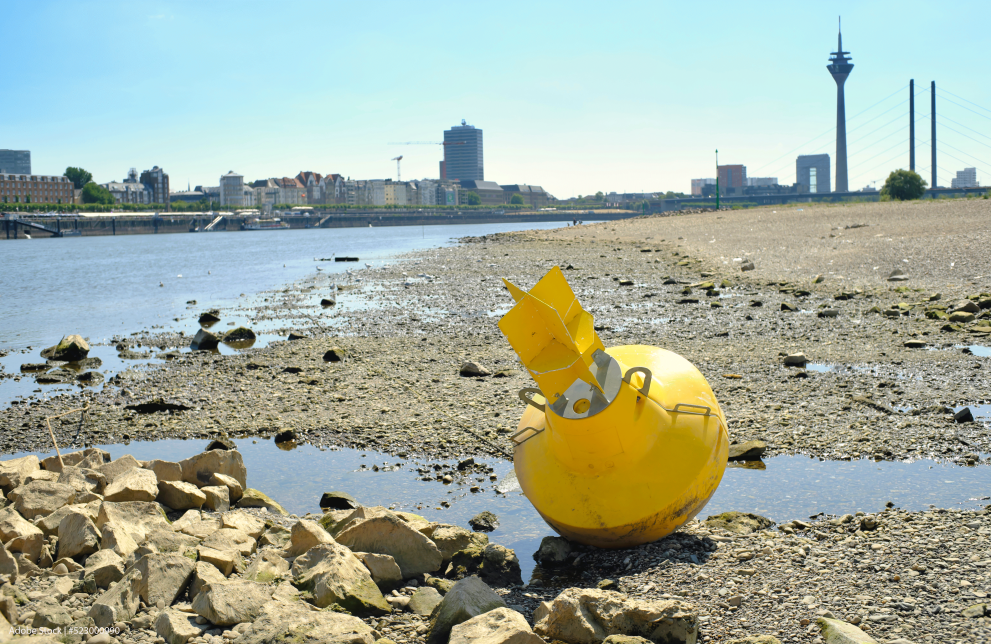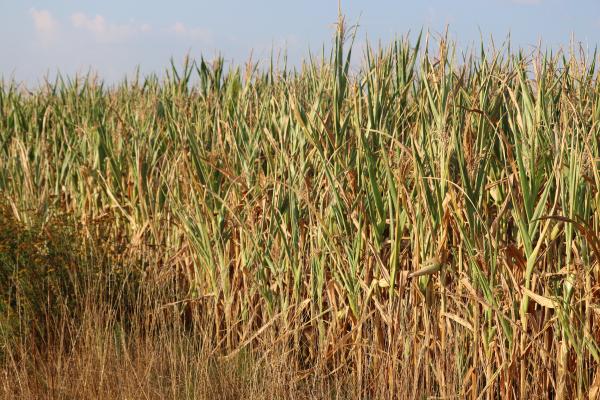
Europe's ongoing drought presents diverse challenges across the continent. With recovery in the south and emerging drought in the north, the European Commission plans to aid affected farmers. As summer forecasts predict varied weather conditions, tailored planning is crucial.
Recovering areas and emerging droughts
Europe keeps facing challenging drought conditions that continue impacting agriculture, energy and water resources. In mid-June 2023, the indicator used to monitor drought conditions mirrored 2022's severe drought in Europe. The same one that had widespread impacts on water resources, agriculture, and energy.
Southern Europe has been suffering from a prolonged drought but thanks to recent rainfall it appears to be gradually recovering. However, in the Iberian Peninsula, the recent rainfall hasn't been sufficient to counterbalance the long-standing lack of rain and the effects of extended heatwaves. As a result, an "alert" drought level remains.
A new drought is building up around the Baltic Sea, Scandinavia, the UK, Ireland, and Germany. This is causing concerns about how crops will grow.
Weather forecasts and planning
Seasonal weather forecasts point to a warmer-than-average summer, with higher-than-average precipitation levels expected for the Mediterranean region. However, for central and northern Europe, particularly for the regions around the Baltic Sea, precipitation is expected to be significantly lower than usual.
The summer of 2023 is currently projected to be a crucial time for water resources, with risk of critical shortages. This situation calls for careful planning and proactive approaches. It's important to note that different regions are experiencing varying drought conditions, and as such, require tailored solutions.
Given the forecasts, it is crucial to closely monitor the evolution of the drought and to implement comprehensive water management plans. The European Commission is considering providing an extra €330 million to farmers in 22 countries in the European Union that have been hit hard by drought conditions.
Explore the data
Check out the European Drought Observatory’s drought dashboard for Europe for data that you can use and adapt. JRC also has a responsive and interactive web mapping portal for users to access and visualise drought data. These data are based on our new drought detection and tracking tool.
Background
The Joint Research Centre produces real-time drought information through the European and Global Drought Observatories (EDO and GDO), which are part of the Copernicus Emergency Management Service (CEMS). The European Observatory is being extended with a multi-sectoral drought risk and impact assessment under the EDO for Resilience and Adaptation (EDORA) project, which aims to improve drought resilience and adaptation in EU Member States.
Related links
JRC Publication: Drought in Europe – June 2023
JRC MARS Bulletin - Crop monitoring in Europe - June 2023
European Drought Observatory (EDO)
EDORA - European Drought Observatory for Resilience and Adaptation
Copernicus Emergency Management Service
Details
- Publication date
- 14 July 2023
- Author
- Joint Research Centre




